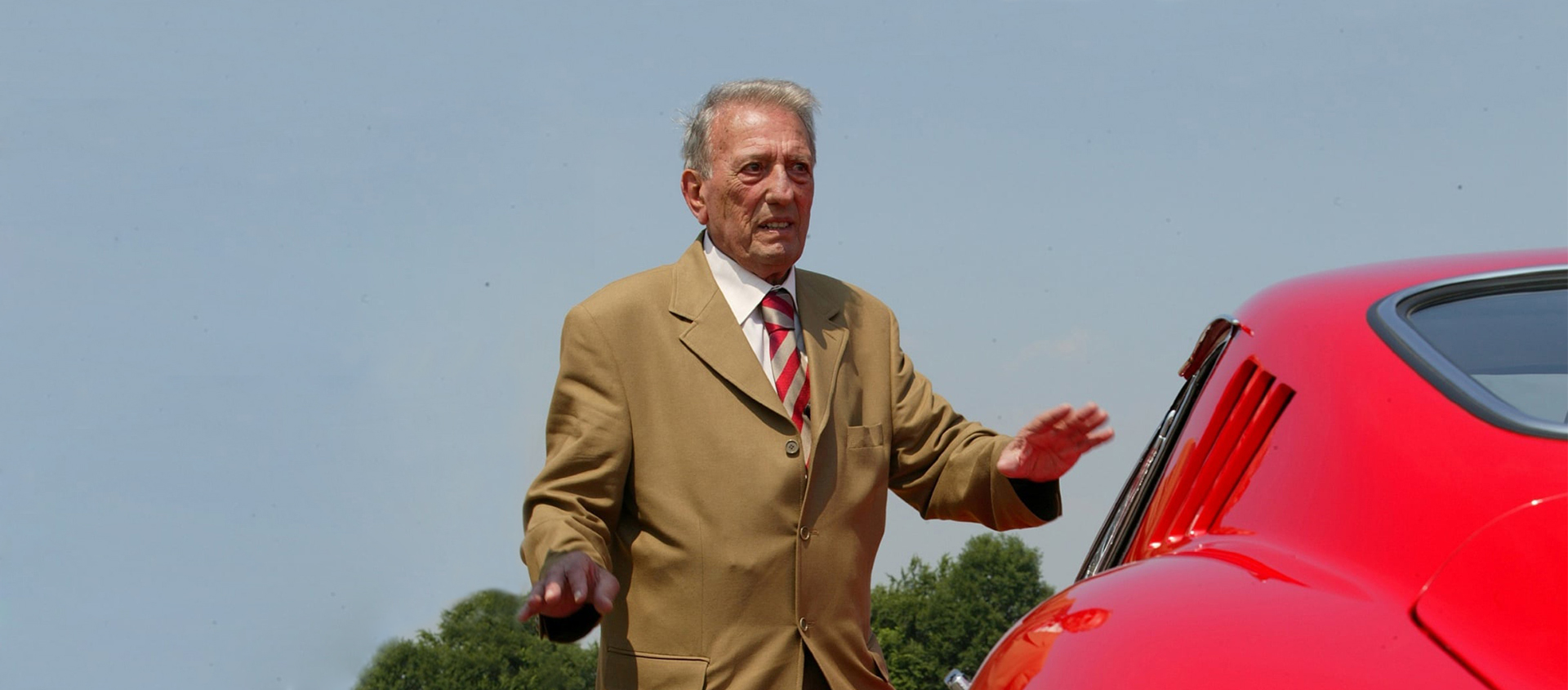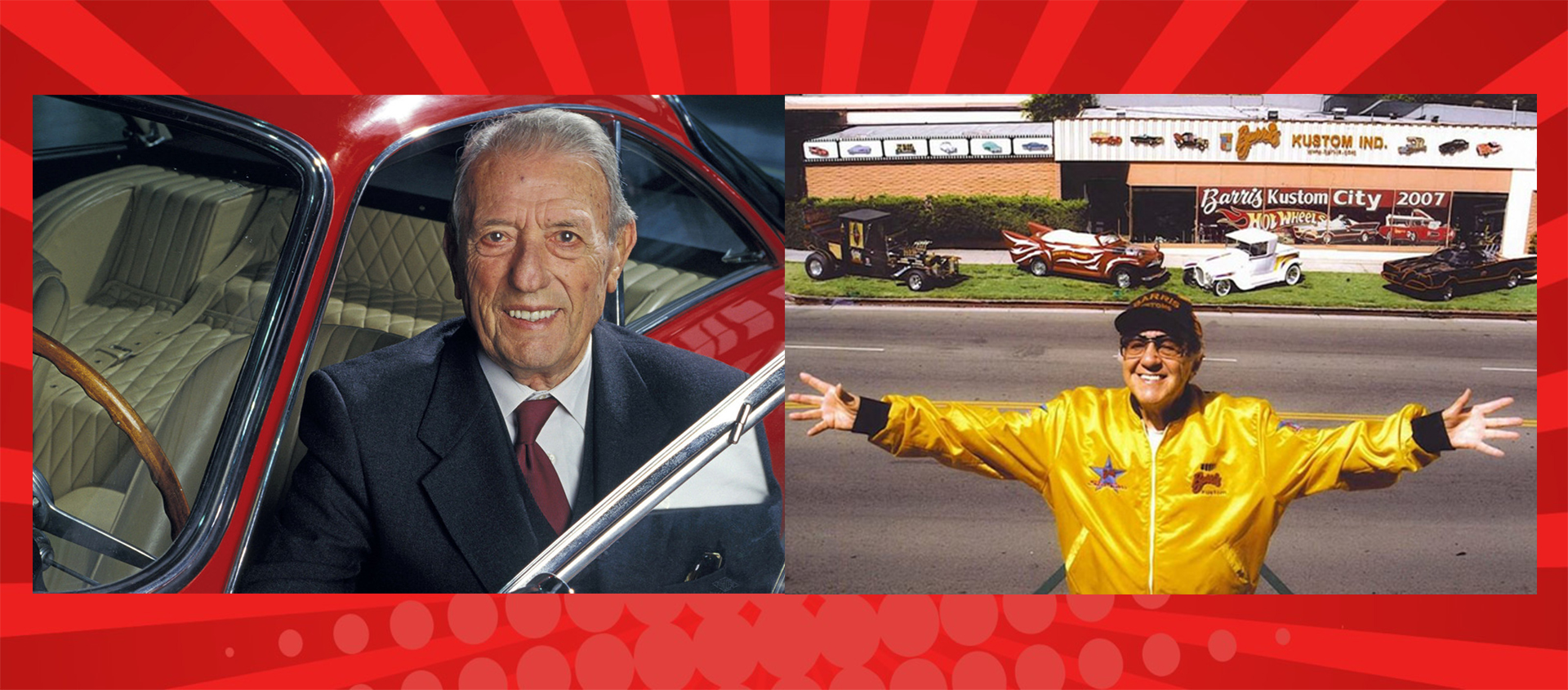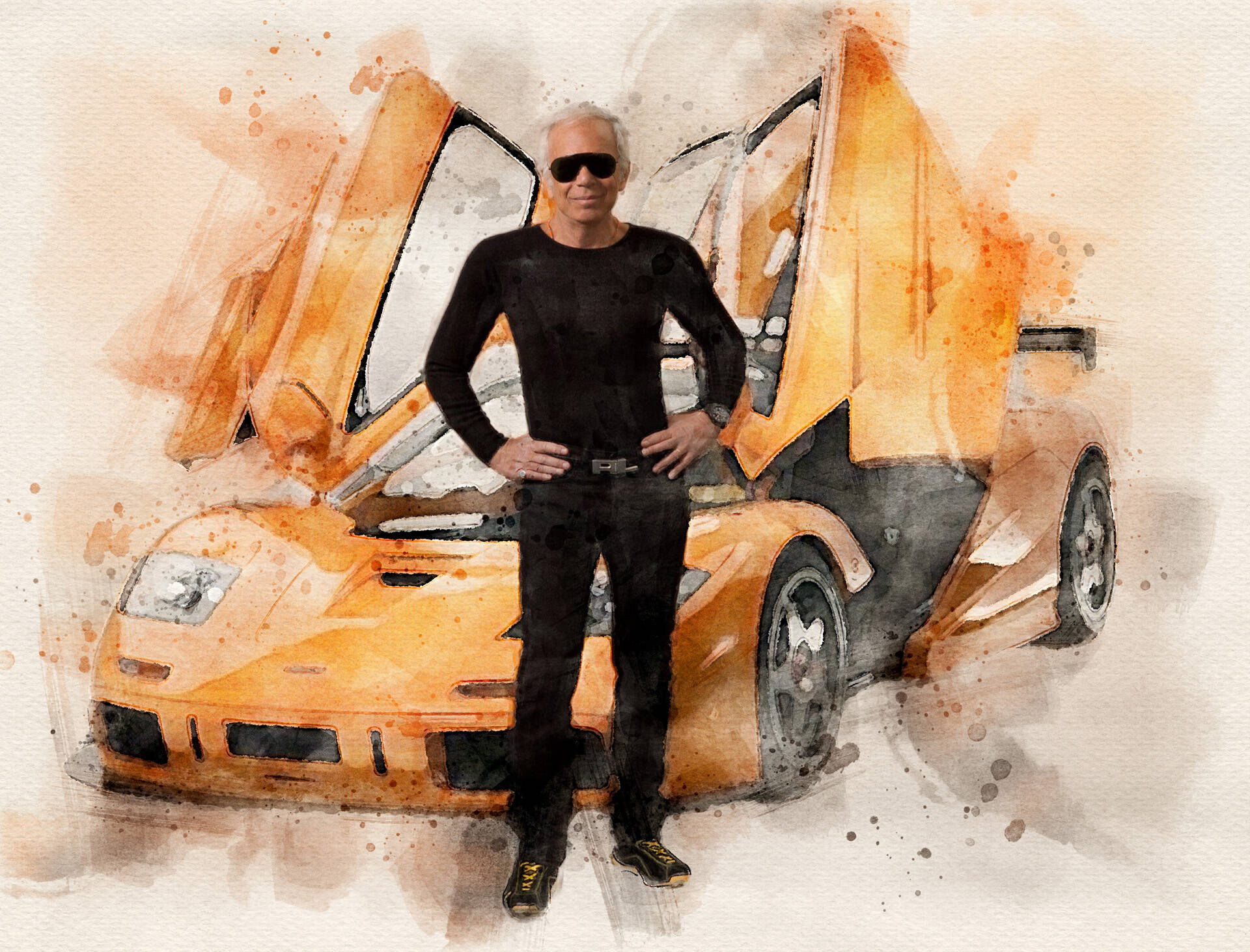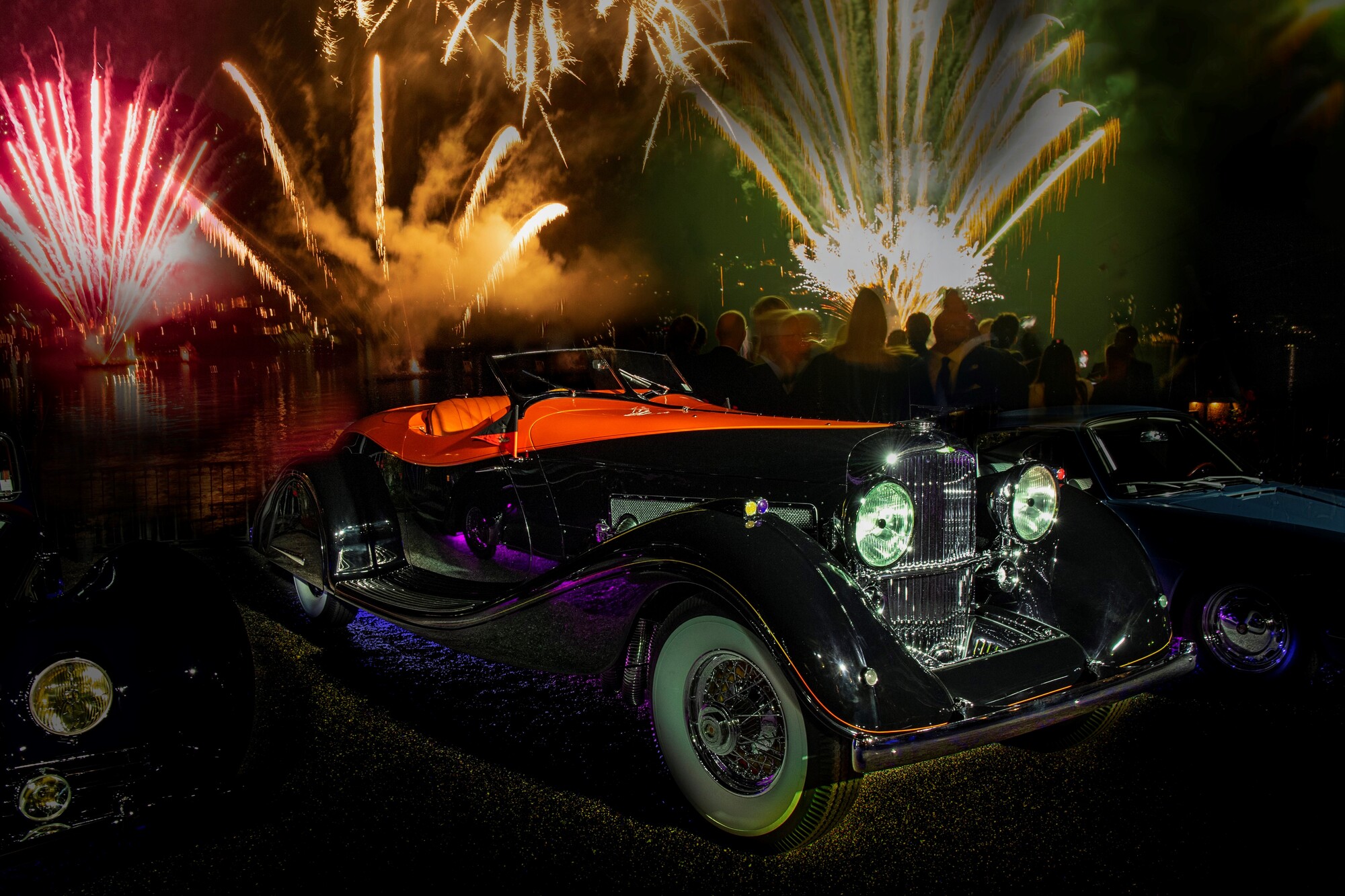The myth of Italian coachbuilders: Scaglietti
12 May 2024 3 min read 7 images

Although a slightly built man, Enzo Ferrari was an imposing presence, which is why Sergio Scaglietti affectionately nicknamed him: “l’Umun” (“big man”). Yet his success never went to his head, and he always remained very conscious of his humble background as a coachbuilder and panel beater. Aware of just how far the great man had come, Scaglietti was always rather in awe of him whenever they met.
Register to unlock this article
Signing up is free and gives you access to hundreds of articles and additional benefits. See what’s included in your free membership. See what's included in your free membership.
Already have an account? Log In


